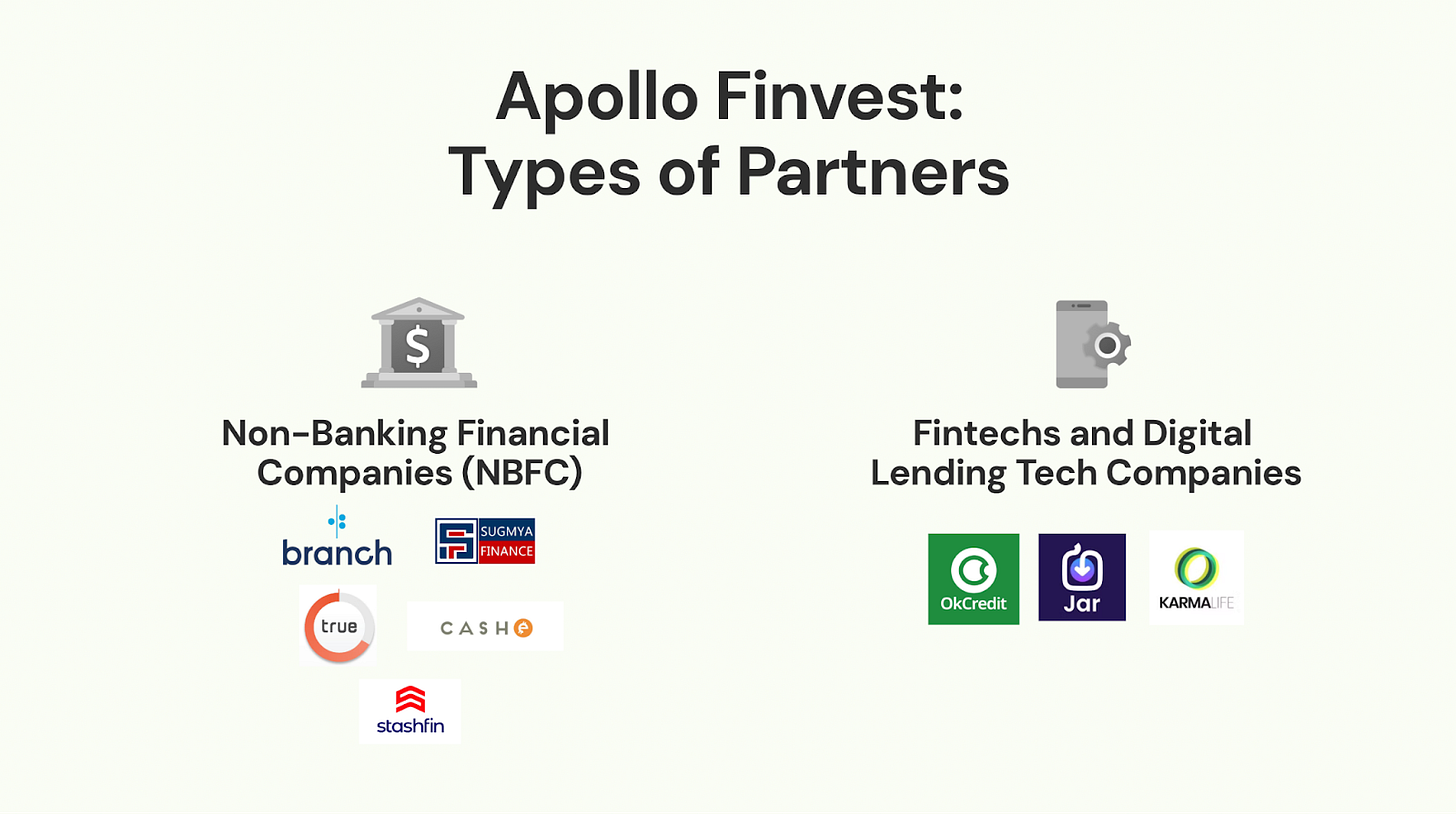Apollo FY24: A year of 2 halves
A story of first adapting and then thriving in a post Digital Lending Guidelines world
Once the RBI announced the digital lending guidelines, the landscape of the lending ecosystem underwent a significant shift. The cap on first loss guarantee at 5% forced us at Apollo to reevaluate our Loan Service Providers (LSPs) and eliminate those whose loans were not performing in line with the new regulations. This reevaluation period resulted in a dip in our Assets Under Management (AUM) and a corresponding revenue slump. We had to write off several bad loans, but fortunately, since these were from the pre-DLG era, they had no impact on our profit before tax. The impairments/write-offs shown in the Q4 numbers result from the lending done in the previous quarters. They do not accurately reflect the quality of our loan portfolio from Q3 onwards. Therefore, the PBT numbers of Q4 are an aberration and not truly reflective of our performance in the quarter.
Amidst these challenges, a silver lining emerged. The new guidelines brought clarity and certainty to the industry, eliminating grey areas and providing a clear framework within which we could operate. This newfound clarity allowed us to focus on scaling effectively.
Our next step was to evaluate potential partners from the perspectives of book quality and scalability. It became evident that while some LSPs met our criteria, the digital lending Non-Banking Financial Companies (NBFCs) stood out. These digital NBFCs offered high-scale and good-quality books, largely driven by their ability to attract lenders and their strong compliance practices. In contrast, some LSPs struggled with compliance and scaling high-quality books, which required significant effort from our end with minimal revenue returns. The venture capital (VC) community's preference for NBFCs, due to their strong regulatory footing and profitability, further validated our focus on these entities in the post-DLG world.
To expedite our collaboration with digital NBFCs and understand their processes and loan quality better, we initiated short-term (3-12 month) term loans with them. This ran parallel to our efforts to integrate with them for an LSP or co-lending partnership. To ensure that we attracted committed and motivated partners confident in scaling, we maintained our practice of signing capital commitment agreements. These agreements mandated that any capital committed by us in a partnership would be utilized for a minimum of one year. Additionally, due to the accounting nature of co-lending partnerships, Apollo's revenue saw a drop since the interest from our co-lending partner was directly diverted. This contrasts with the LSP model where revenue flows through Apollo and is given as a commission to the LSP. Nevertheless, the profit before tax (PBT) remains the same in both models.
As we see below, there is a big swing in our capital commitments moving from an LSP-heavy model to a model favoring digital NBFCs
This strategy yielded significant results, leading to both scale and the creation of a high-quality book at Apollo. As seen below, the disbursements in Q3 and Q4 combined were almost 5X of the disbursements of Q1 and Q2 combined!
Further, the delinquency rates mentioned in Q4 were primarily from discontinued partners, and we anticipate significantly better loan quality in the coming quarters, much below the 1.98% 90-day delinquency rate noted in Q4.
Buoyed by the success of this plan, we launched a Non-Convertible Debenture (NCD) offering of ₹15 crores. The response has been overwhelmingly positive, and we are confident that it will be fully subscribed within the next 30 days. This should facilitate further growth, and we expect to achieve a minimum of ₹100 crores in capital commitments from our partners by the first half of this financial year.
We believe the business has never been stronger, and the path to scale has never been clearer. With a robust strategy and committed partnerships, Apollo is poised for rapid growth and excellence in the digital lending space.












